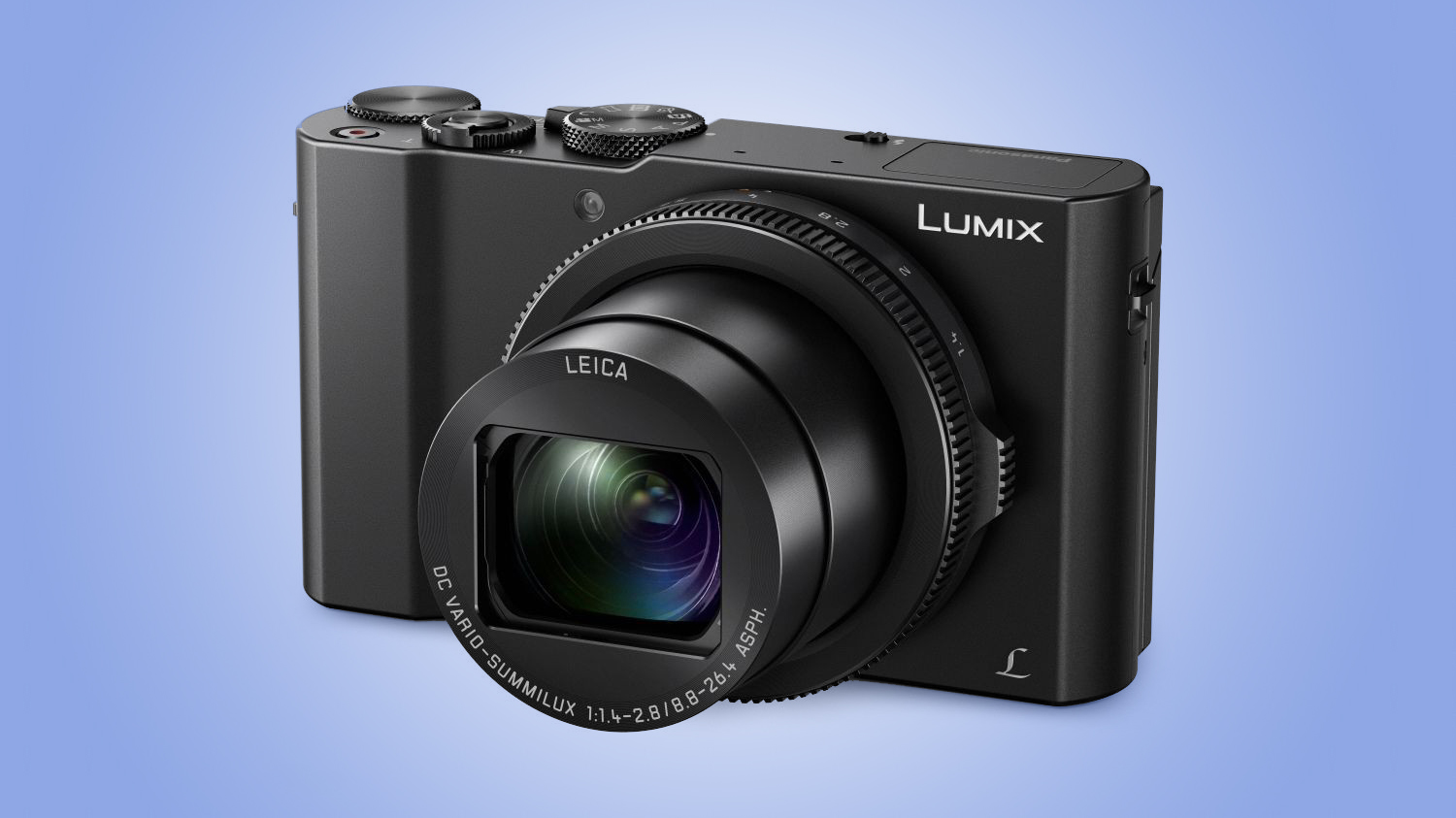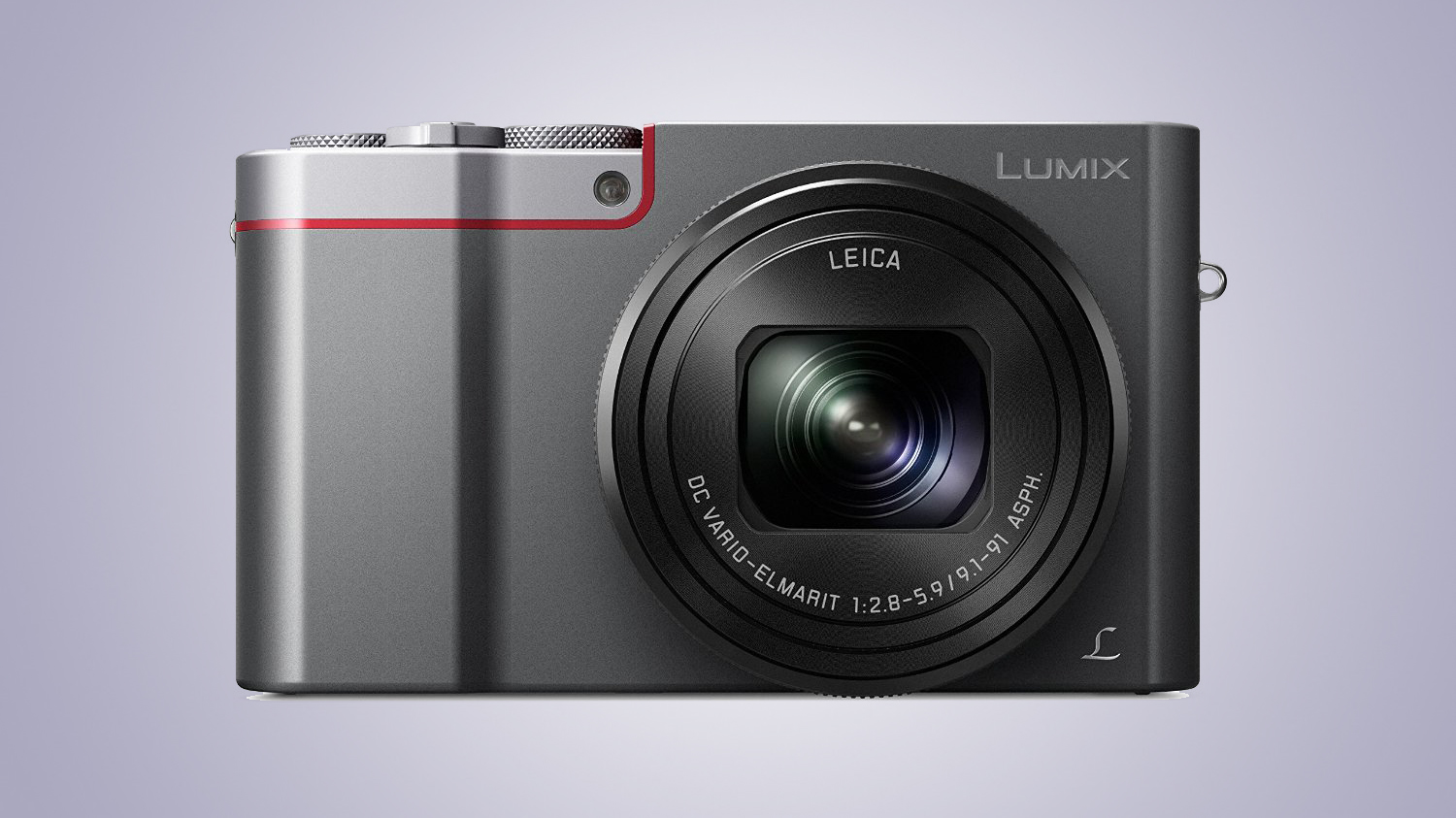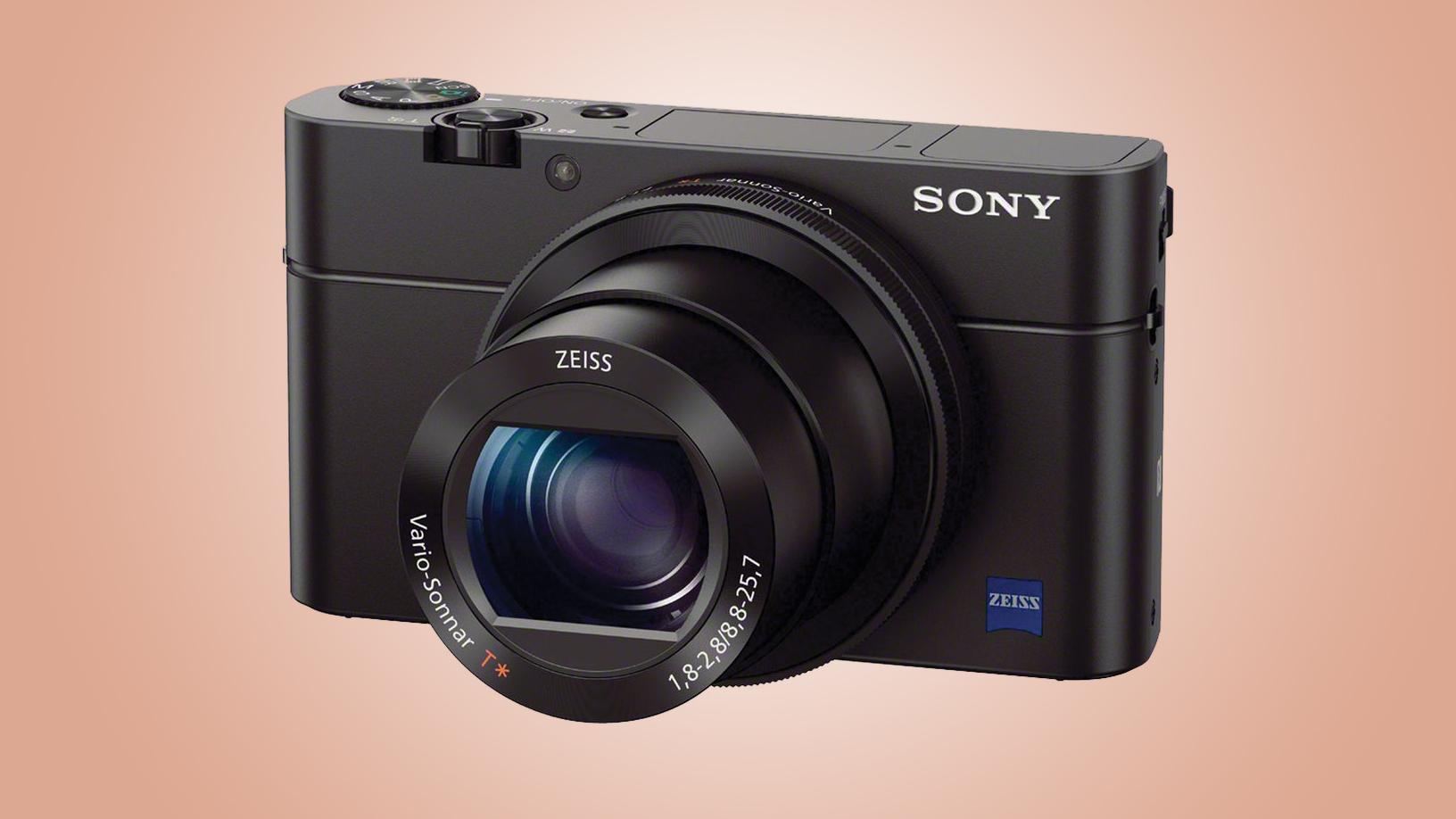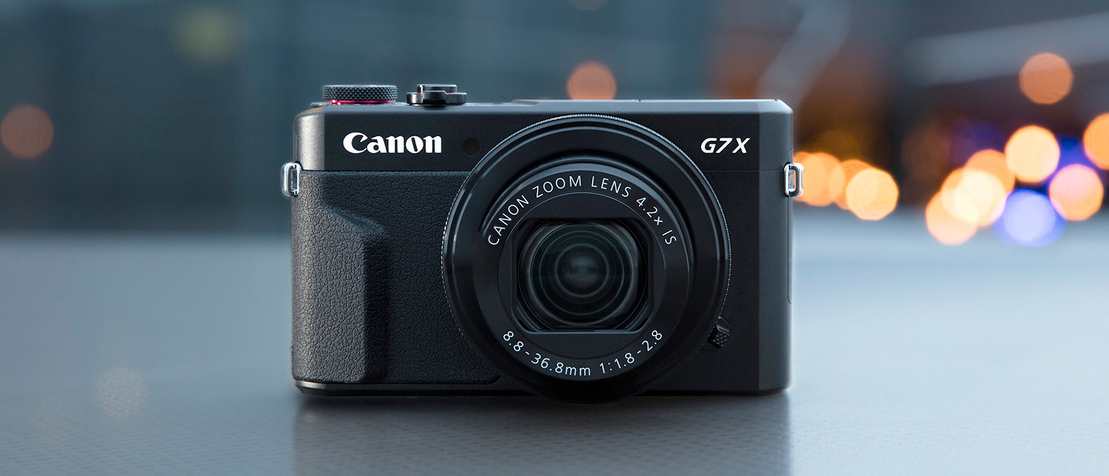Why you can trust TechRadar
Verdict
Canon has introduced a series of small but significant improvements in the G7 X II which continue to make this series a very likeable alternative to a DSLR or other chunkier cameras.
If you have the original G7 X you may not be tempted a great deal by this upgrade; but if you're looking for a solid back-up camera, or replacing an older compact, the PowerShot G7 X Mark II is an even more attractive proposition than its predecessor.
It would have been nice to have seen a fully articulating screen in this model, but at least the screen now tilts downwards, which adds a little more flexibility than before when shooting from some awkward angles.

The addition of a DIGIC 7 processor makes the camera very fast in operation, with minimal shot-to-shot time and rapid playback. Battery life has also improved, so when taking the camera on your travels you can feel a little more confident that it won't die on you before the end of the day.
Image quality was great from the G7 X, and it remains so here. Colours are bright and punchy, while low light performance is very good, especially if you're only likely to be sharing your images online or printing at relatively small sizes.
The G7 X II is an easy and enjoyable camera to use, while the manual controls will appeal to enthusiasts. The fact that you can shoot in raw format is very useful when you're trying to claw back some detail in high ISO shots.
If you're familiar with DSLRs you'll probably find that you miss having a viewfinder. While it seems likely that the viewfinder option was rejected because it would increase the camera's size, both Panasonic and Sony have found ways to include one on their diminutive camera bodies.
Sign up for breaking news, reviews, opinion, top tech deals, and more.
Canon has once again produced a very appealing G-series camera – it's a high-performing compact, which makes it both a good alternative for when using your DSLR isn't practical, and a great camera in its own right.
If you're an existing Canon user the biggest decision you'll have to make will be between the G7 X II and the G5 X. If you're not especially brand-loyal, you'll likely be torn between this and the Sony RX100 IV; for now at least the Sony costs more, so the Canon may edge it on value.
- Check out our Canon voucher codes for the latest savings and deals.
Competition

Panasonic Lumix LX10 / LX15
Panasonic's answer to the PowerShot G7 X Mark II, the LX10 (known as the LX15 outside the US) is a very capable premium pocket compact camera. There's no EVF and doesn't have a very satisfactory grip, but handling is very intuitive and is a joy to use.
Read the full review: Panasonic Lumix LX10 / LX15

Panasonic Lumix ZS100 / TZ100
While the ZS100’s 25-250mm lens places it firmly in superzoom compact territory, it equals the PowerShot G7X Mark II when it comes to a 20MP 1.0-inch sensor. There's also 4K video recording, and does so with a reasonably similar body size and at only a marginally cheaper asking price. Aside from its longer lens it also has a built-in electronic viewfinder to recommend it.
Read the full review: Panasonic Lumix ZS100 / TZ100

Sony Cyber-shot RX100 III
Sony’s massively popular RX100 line is now on its fifth iteration, but the Mark III option is perhaps the main rival to the PowerShot G7 X Mark II when prices and specs are considered. The G7 X II has the advantage of a touchscreen and a lens that’s marginally broader in focal range, although the RX100 III boasts an excellent built-in electronic viewfinder and an integrated ND filter, together with 16fps burst shooting and 4K video capture.
Read the full review: Sony RX100 Mark III

Amy has been writing about cameras, photography and associated tech since 2009. Amy was once part of the photography testing team for Future Publishing working across TechRadar, Digital Camera, PhotoPlus, N Photo and Photography Week. For her photography, she has won awards and has been exhibited. She often partakes in unusual projects - including one intense year where she used a different camera every single day. Amy is currently the Features Editor at Amateur Photographer magazine, and in her increasingly little spare time works across a number of high-profile publications including Wired, Stuff, Digital Camera World, Expert Reviews, and just a little off-tangent, PetsRadar.
